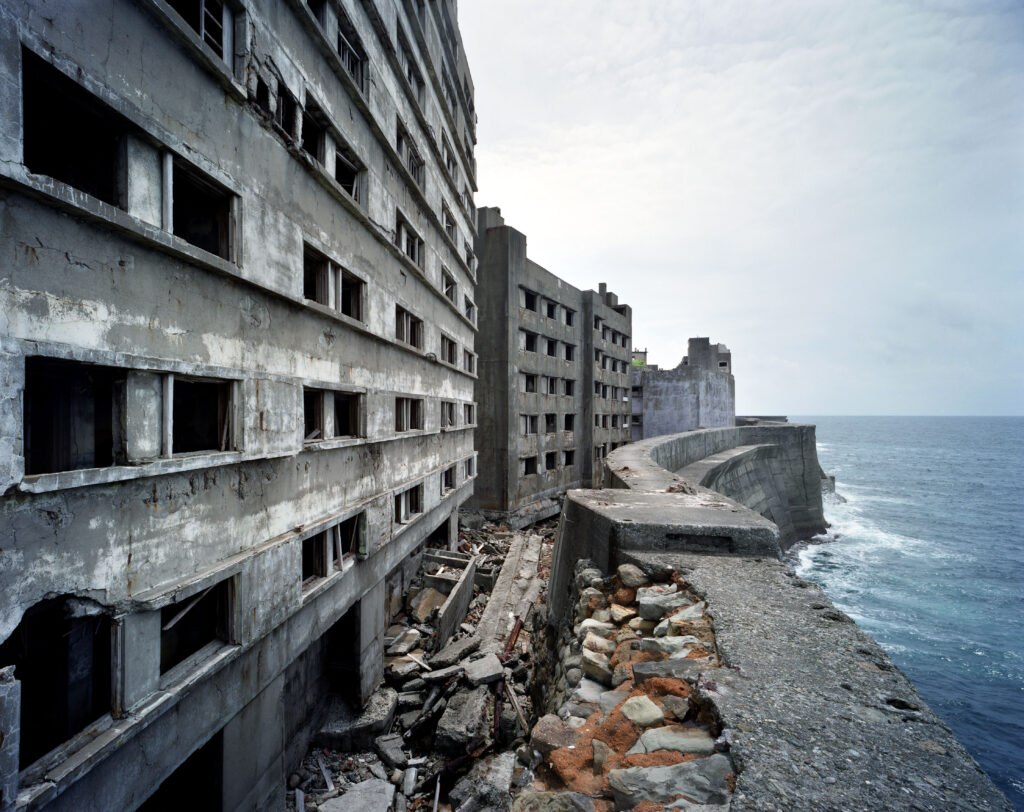Michael Marten

Michael Marten was born in London and fell in love with photography as a teenage boy which then lead to him being involved with photography ever since. His first job was caption writer at the Camera Press photo agency. In 1973 he was one of a group who published ‘An Index of Possibilities’ which explores the secret world of sound in everyday objects. Using found sounds, homemade constructions, and cheap toys.
Marten’s interest in photography went towards natural changings of the earth and how the push and pull of tides create very different landscapes even though they are in the same place. He usually took the photos at about 6 or 18 hours apart. He said
“I am interested in showing how landscape changes over time through natural processes and cycles. The camera that observes low and high tide side by side enables us to observe simultaneously two moments in time, two states of nature”
He took a liking to this type of photography since the recent landscape photography has a big focus on subjects like urbanisation, globalisation, pollution and he wanted to steer the focus in another direction. His work links to Anthropocene to show that is human impacts carry on the way they are then there will be great impact to naturally occurring things. The tide floods in and quickly recedes again, but rising sea levels will flood our shores and not recede for thousands or millions of years. Many of the views in these pictures may have disappeared in 100 years’ time.

This is one example of Marten’s images which depicts a beach pier with the tide up and the tide out. I think images like this are able to give people the realisation of how high sea levels can rise to as in the left photo the seaweed on the side of the pier demonstrates the average level the sea rises to and in comparison to the person standing on the beach you can imagine the depth of the water being very deep.
Marten has done well to stay in a very similar position and been carful not to change the angle of both shoots. as well as this, the weather hasn’t changed and it still provides a grey sky. his images may come across as quite creepy to the viewer to see the massive body of seas cover so much land and how it will eventually keep rising.
–
Yves Marchand & Romain Meffre

Marchand and Meffre are two French photographers who both have interests in contemporary ruins which brought them together. They began their interests in 2002, exploring Parisian urban remains before their interest took them to Detroit. This resulted in their work The Ruins of Detroit (Steidl, 2010). They currently live and work in Paris. They began having focus on theatres. walking past them and noticing the state they were in they photographed the ruins and documented different abandoned movie theatres in America. In downtown Detroit, the streets are lined with abandoned hotels and swimming pools, ruined movie houses and schools, all evidence of the city’s decline. Both photographers successfully capture what remains of a once-great city – and hint at the wider story of post-industrial America.

This photo stood out to me as a lot of their photos focus on the inside of buildings whereas this one is simply the outside. I think its a good representation as it shows that not just the inside of buildings that became abandoned, also the outside, showing how the city itself had a massive decline. I like the angle the photographers have taken this from as it almost creates a contrast by it being directly opposite the water. the building can bring across a destructive and almost creepy feeling towards the viewer whereas compared to the sea it more represents peace and tranquillity. This could also allow the viewer to think about how they think the building would of looked, being near the sea could interpret a very posh/expensive looking building that may have once been very popular. The colours in the photo are interesting as they create another contrast. The building is full of various grey colours with the addition of the black showing the emptiness inside the building. in contrast, the sea is bright blue and the sun is making the whole side of the image feel a lot brighter.
